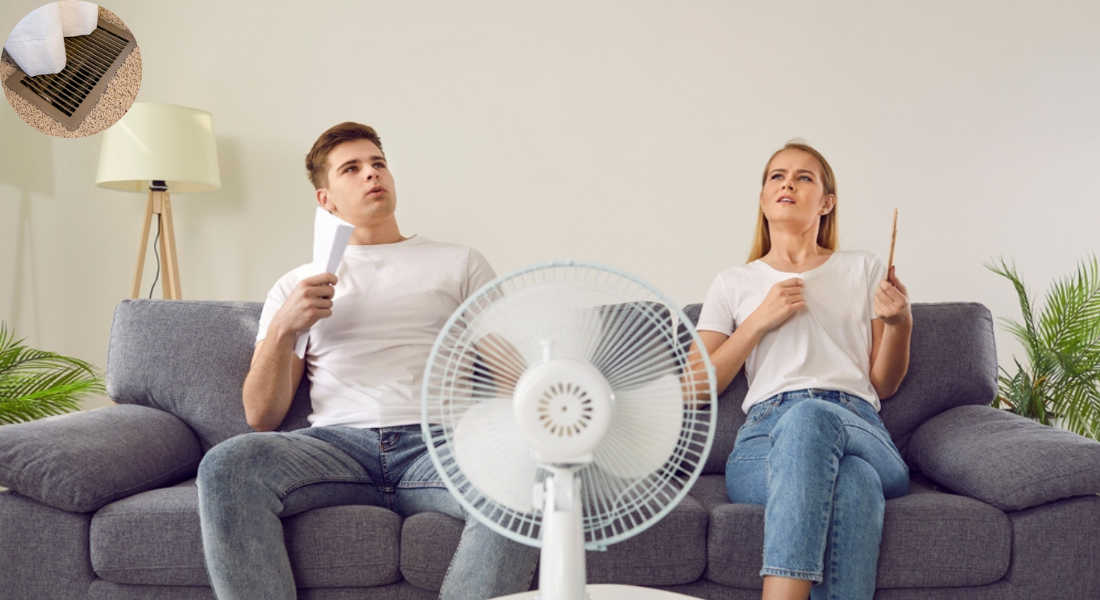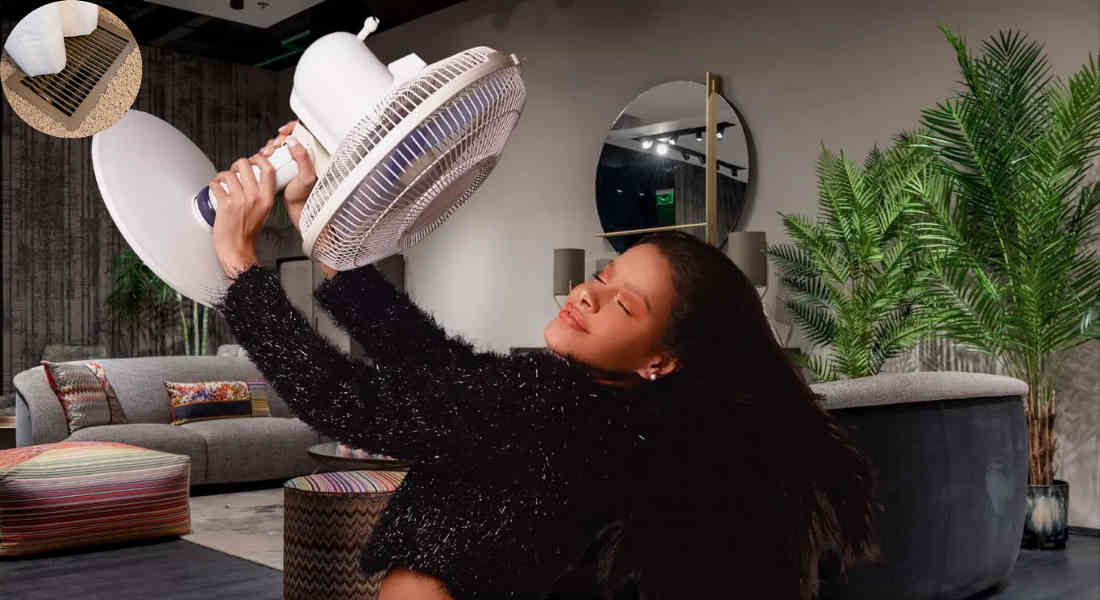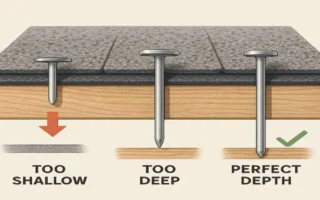Have you ever walked into a room that feels like a sauna, even though the rest of your home is cool? This is a common problem many homeowners face, especially during the warmer months. A hot room can disrupt your comfort, lead to higher energy bills, and even strain your HVAC system.
Understanding how to fix a hot room in your house is crucial for creating a balanced, comfortable living environment. Whether it’s your bedroom, attic, or a west-facing living room, addressing the issue improves comfort, saves money on cooling costs and reduces the environmental impact of excessive energy use.
Understanding Why a Room Gets Hot
Before diving into solutions, it’s essential to understand the common causes of a hot room in your house. By identifying the specific reason, you can apply the most effective fix.
Sunlight and Window Orientation
Rooms with large windows or windows that face the sun for long periods (especially west-facing windows) tend to absorb more heat. The direct sunlight heats the room like a greenhouse, making it significantly warmer than other areas of the house.
Room Location
Rooms on the highest floor of a home or attic are naturally hotter because heat rises. This makes upper rooms more prone to heat buildup, especially during the summer.
Poor Ventilation
A room with limited airflow or closed doors can trap heat inside. Poorly designed ductwork or blocked air vents can prevent cool air from circulating correctly.
HVAC and Ductwork Problems
Sometimes, the issue lies with your HVAC system. If the system is old, inefficient, or not designed to handle your home’s layout, certain rooms may not receive enough cooled air. Also, leaky or improperly designed ductwork can divert cool air from specific rooms, leading to uneven temperatures.
The Science Behind Heat Buildup
Heat is transferred through sunlight (radiation), poor insulation (conduction), and lack of airflow (convection). Understanding these mechanisms can help you determine why your room gets hot and how to address it effectively.
Simple DIY Fixes to Cool Down a Hot Room
These DIY solutions are a great place to start if you’re looking for practical, budget-friendly ways to cool a hot room.
You may also read (how do you wire a generator to your house).
Replace or Upgrade Window Shades and Blinds
Windows are one of the biggest culprits when it comes to heat gain. Here’s how to minimize their impact:
- Install Insulated or Blackout Shades: These block sunlight and reduce heat entering the room.
- Use Solar Screening Shades: These allow light in while significantly reducing heat.
- Opt for Lighter Colors: Lighter-colored shades reflect sunlight better, keeping the room cooler.
Improve Airflow and Ventilation
Proper airflow is key to cooling a room. Here are some tips:
- Keep Doors Open: This allows air to circulate between rooms.
- Check Air Vents: Ensure they are fully open and unobstructed by furniture or curtains.
- Use Fans: Ceiling fans, floor fans, or window fans can help move hot and cool air out.
Pro Tip: Position a fan near a window in the evening to draw in cooler outdoor air.
Adjust HVAC Settings
Your HVAC system can work wonders when optimized correctly:
- Set the Fan to “On” or “Circulate”: This ensures consistent airflow throughout the house, even when the AC isn’t cooling.
- Lower the Thermostat Slightly: Adjusting the temperature by just a few degrees can make a noticeable difference in a hot room.
Seal Windows and Doors
Small gaps around windows and doors can let warm air in.
- Apply Weatherstripping or Caulking: This seals gaps and keeps cool air inside.
- Use Draft Stoppers: Place these at the base of doors to block hot air.
Addressing these simple areas can significantly reduce the temperature in a hot room without breaking the bank.
Advanced Solutions That May Require Professional Help
When DIY fixes aren’t enough, you may need to explore more advanced solutions. These often require professional expertise but can provide long-term results.
Inspect and Repair HVAC System
If your HVAC system is outdated or struggling to cool certain rooms, it may need repairs or an upgrade. A professional HVAC technician can:
- Assess the system’s efficiency.
- Repair or replace old components.
- Install a more energy-efficient unit if necessary.
Ductwork Inspection and Repair
Leaky or poorly designed ducts can lead to uneven cooling. Professionals can:
- Seal leaks to prevent air loss.
- Balance airflow to ensure every room gets adequate cool air.
- Install zoning systems for tailored temperature control.
Install a Ductless HVAC System
A ductless HVAC system is an excellent option if the room is in an area without ductwork (like a finished attic or garage).
- Advantages: Quiet, energy-efficient, and provides both heating and cooling.
- Cost: While installation is more expensive upfront, efficient operation saves money in the long run.
Add or Improve Insulation
Heat often seeps in through poorly insulated walls, ceilings, or floors. Insulation can significantly reduce heat gain, especially in attics or exterior walls.
These advanced solutions address the root causes of a hot room and ensure long-term comfort.
Additional Tips to Prevent Rooms from Getting Hot
Prevention is always better than cure! Here are some proactive measures to stop rooms from overheating in the first place:
You may also read (how to handle noise complaints in your home).
Use Window Films or Exterior Shades
- Reflective Films: These reflect sunlight before it enters the room.
- Exterior Shades or Awnings: Block direct sunlight, reducing indoor temperatures.
Landscaping for Shade
- Planting trees or shrubs near windows can provide natural shade.
- Install pergolas or trellises with climbing plants for additional sun protection.
Regular HVAC Maintenance
- Change air filters regularly to improve airflow.
- Clean ducts and schedule professional inspections annually.
Smart Thermostats and Zoning
- Use a smart thermostat to regulate temperatures in specific rooms.
- Consider zoning systems to control cooling based on room usage.
These preventive tips will help you maintain a cooler home environment year-round.
You may also read (what is the average hourly rate for house painters).




